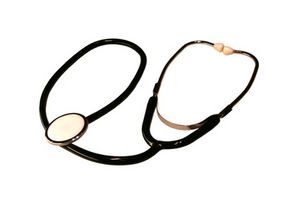

Washington, DC: US Environmental Protection Agency, Office of Air and Radiation, Stratospheric Protection Division, 2000 Carbon dioxide as a fire suppressant: examining the risks. J Volcanol Geotherm Res 1989 39: 195–206ĭe Kort WL, Sangster B. Origin of carbon dioxide emanation from the 1979 Dieng eruption Indonesia: implications for the origin of the 1986 Nyos catastrophe. J Volcanol Geotherm Res 1987 39: 97–107Īllard P, Dajlevic D, Delarue C. Origin of the lethal gas burst from Lake Monoum, Cameroun. Medical evaluation of the victims of the 1986 Lake Nyos disaster. Wagner GN, Clark MA, Koenigsberg EJ, et al. Lake Nyos disaster, Cameroon, 1986: the medical effects of large scale emission of carbon dioxide? BMJ 1989 298: 1437–41 J Toxicol Clin Toxicol 2001 39: 493īaxter PJ, Kapila M, Mfonfu D. Anoxic encephalopathy from carbon dioxide therapy (CDT) for the treatment of depression. Death following tubal insufflation with carbon dioxide. Carbon dioxide toxicity related to a laparoscopic procedure. The value of carbon dioxide in counteracting the effects of low oxygen. The alleged case of suffocation in St Michael’s church, Cornhill. Role of ventilation in the causation of building-associated illnesses. Healing may be delayed and surgical intervention may be required in severe cases. Dry ice burns are treated similarly to other cryogenic burns, requiring thawing of the tissue and suitable analgesia. In severe cases, assisted ventilation may be required. The management of carbon dioxide poisoning requires the immediate removal of the casualty from the toxic environment, the administration of oxygen and appropriate supportive care. If it is warmed rapidly, large amounts of carbon dioxide are generated, which can be dangerous, particularly within confined areas. Solid carbon dioxide may cause burns following direct contact. Concentrations >10% may cause convulsions, coma and death.

/carbon-monoxide-poisoning-3885555_final-4f1e13cc579241aeaee6df0d8d24eb8b.png)
At higher concentrations it leads to an increased respiratory rate, tachycardia, cardiac arrhythmias and impaired consciousness. At low concentrations, gaseous carbon dioxide appears to have little toxicological effect. Its main mode of action is as an asphyxiant, although it also exerts toxic effects at cellular level. It is widely used in the food industry in the carbonation of beverages, in fire extinguishers as an ‘inerting’ agent and in the chemical industry. Carbon dioxide is a physiologically important gas, produced by the body as a result of cellular metabolism.


 0 kommentar(er)
0 kommentar(er)
